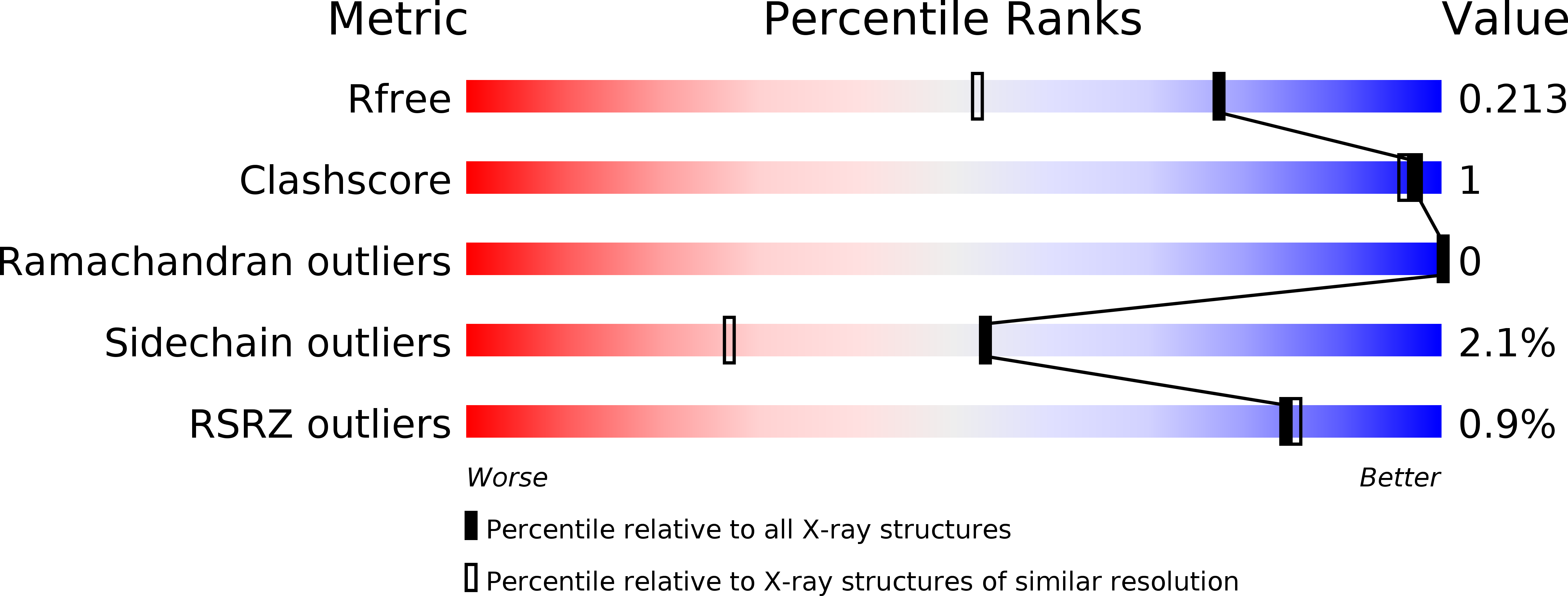
Deposition Date
2013-09-30
Release Date
2014-03-26
Last Version Date
2023-09-20
Entry Detail
PDB ID:
4MZQ
Keywords:
Title:
beta-Alanyl-CoA:Ammonia Lyase from Clostridium propionicum in complex with propionyl-CoA
Biological Source:
Source Organism:
Clostridium propionicum (Taxon ID: 28446)
Method Details:
Experimental Method:
Resolution:
1.59 Å
R-Value Free:
0.21
R-Value Work:
0.17
R-Value Observed:
0.18
Space Group:
P 1 21 1


